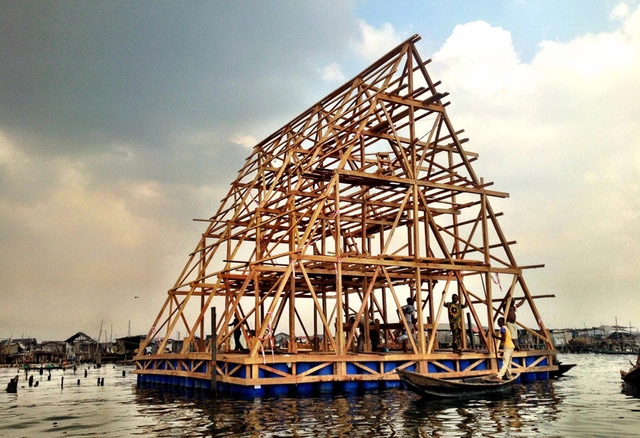
It’s an age old question: How do you transport visitors to your Dutch-themed Amusement Park located four miles off the coast of Japan while also providing them with a place to sleep under the night sky?
Okay, age-old it isn’t – but it was the scenario facing the Huis Ten Bosch theme park in Sasebo, Japan, who recently acquired a 420,000 square-foot-island off the coast of the Nagasaki Prefecture. Their proposed solution? A fleet of floating capsules capped with a glass-roofed sleeping chamber that will slowly float overnight to the island housing new adventure-type attractions.












